Meet the Epiphan Pearl Nano, the Best SRT Encoder
By Jamie G
The Epiphan Pearl Nano is the best SRT encoder for remote production. The Pearl Nano offers the ultimate blend of portability and versatility with a refined yet robust feature set […]

The Epiphan Pearl Nano is the best SRT encoder for remote production. The Pearl Nano offers the ultimate blend of portability and versatility with a refined yet robust feature set […]
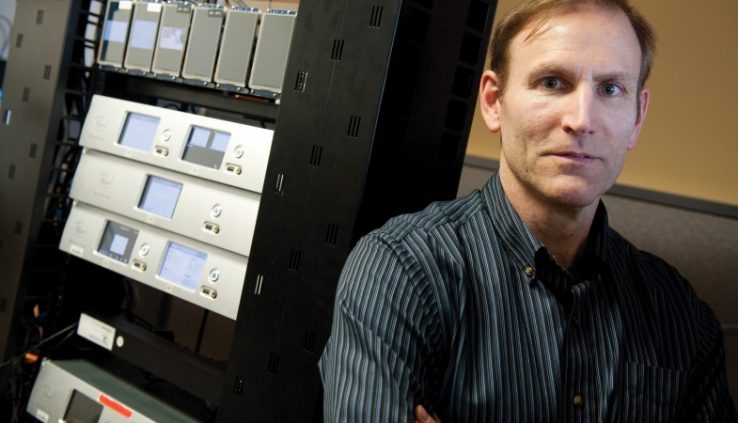
The COVID-19 pandemic has introduced the world to remote learning. With schools and universities closing down, all teachers and professors had to move their courses online. With the sudden switch to remote learning, the need for Epiphan products has grown tremendously. Epiphan video grabbers and professional streaming and recording products capture, record, and stream video from just about any source, making them perfect for remote learning.

Organizations everywhere are grappling with the consequences of the novel coronavirus (COVID-19): cancelled conferences, quarantined campuses, shuttered offices. Video will be an essential tool as corporations, universities, government offices, and other organizations try to keep things (as close to) business as usual during these unusual times.

Resources To Help Your Customers Adapt Faster – Epiphan Video
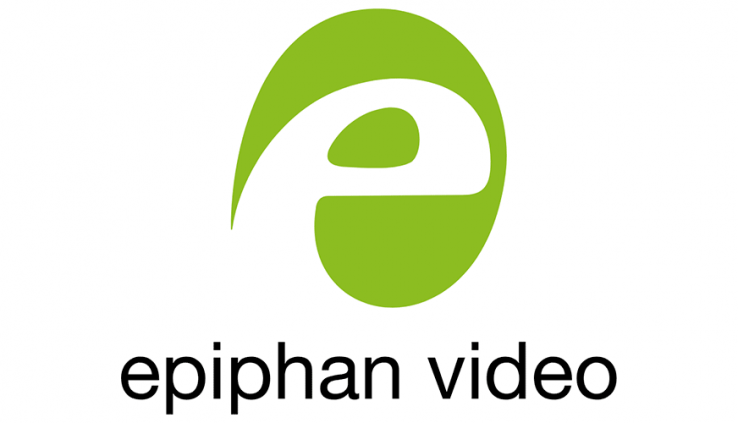
Cloud-based service delivery could enable a remote video production service capable of efficiently producing high-volume, high-quality live and on-demand video content with fast turnarounds, says Epiphan Video CEO Mike Sandler.

These days, many churches are looking for new ways to connect with their congregation. Whether you want to reach your existing members, grow your church, or simply modernize, live streaming to Facebook or YouTube can be the answer.
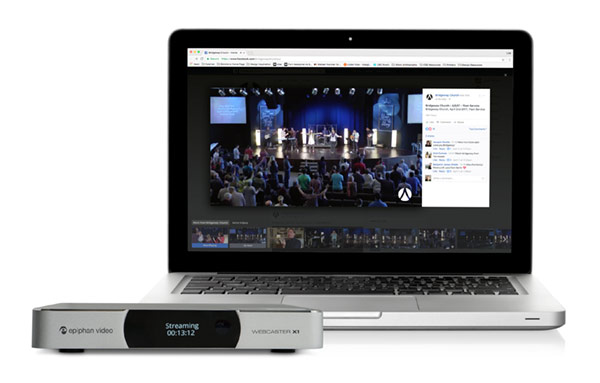

Bridgeway Church is a non-denominational worship centre in Greenville, South Carolina. In 2016 they began a journey towards live streaming Sunday worship services to their congregation of 1000+ members. Their goal was to provide something inclusive for members who couldn’t join in person due to travel or sickness.

If you’re using Pearl-2 or AV.io 4K with your Panasonic GH4 camera, chances are you’re trying to capture and encode 4K video.
According to Panasonic’s user guide, the Panasonic GH4 Lumix camera only supports 4K video in Creative Video Mode and when one of it’s 4K video quality settings is configured.
Use these quick instructions to configure your GH4 for 4K UHD or 4K DCI (Panasonic calls this C4K or Cinema 4K) and get ready to capture in 4K!
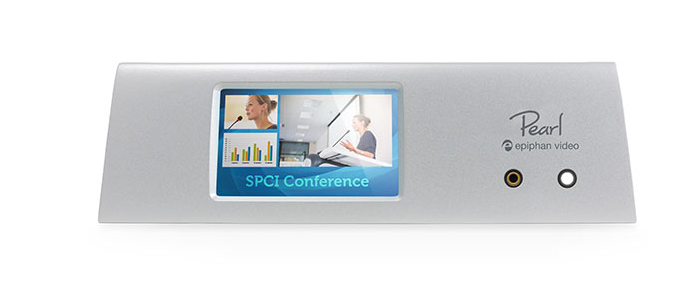
Since the release of Pearl back in late 2014, the popular live production switcher has garnered significant interest from customers who value the extensive versatility and rich feature set Pearl has to offer in the field of Pro AV.
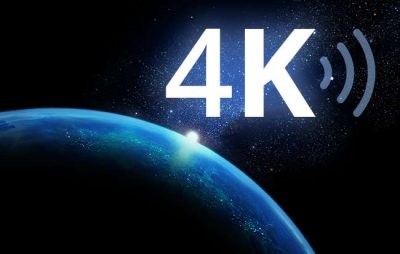
 4K video isn’t just the latest fad, it’s becoming the new standard. In the near future, any live video production is going to need to use 4K video (or UHD Video, as the 3840×2160 resolution is often referred to) in order to remain competitive. This isn’t just because it’s a new novelty, either – there are genuine benefits that come from the format, ranging from greater display range, to better behind-the-scenes editing.
4K video isn’t just the latest fad, it’s becoming the new standard. In the near future, any live video production is going to need to use 4K video (or UHD Video, as the 3840×2160 resolution is often referred to) in order to remain competitive. This isn’t just because it’s a new novelty, either – there are genuine benefits that come from the format, ranging from greater display range, to better behind-the-scenes editing.
The benefits are huge, but computers are having trouble keeping up, since the amount of information captured by a 4K camera can sometimes tax even the best processors.